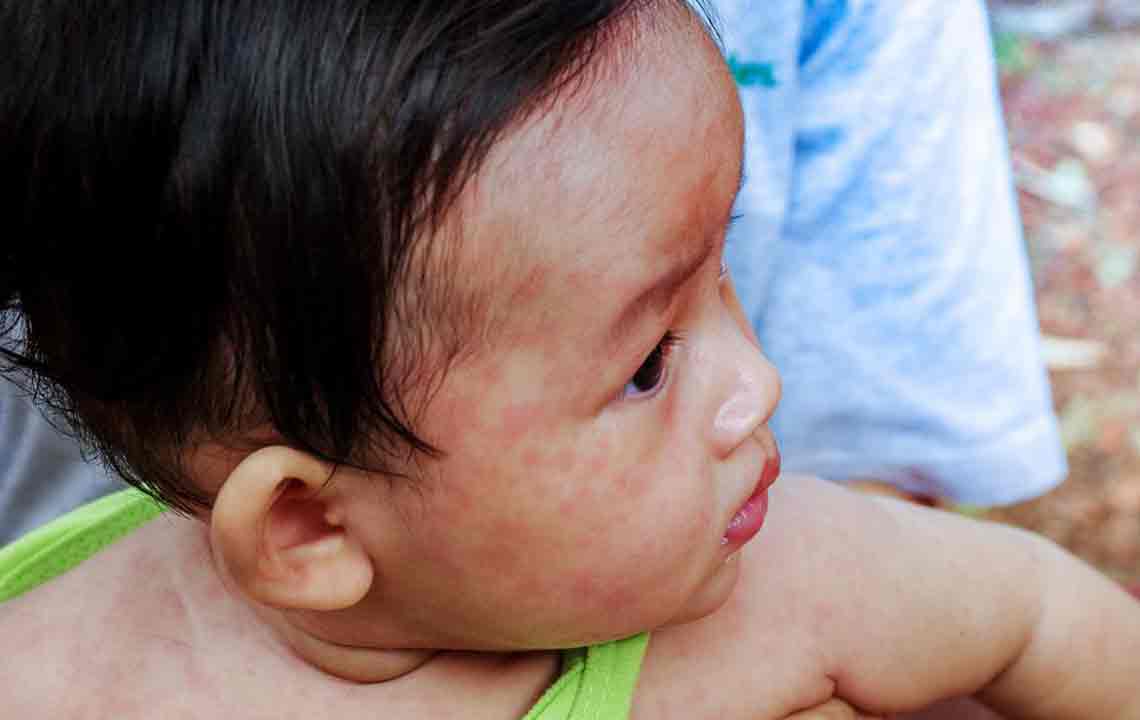Understanding Shingles: Causes, Symptoms, and Management
Learn about the causes, symptoms, and management strategies for shingles, a viral infection caused by the varicella-zoster virus. This article covers risk factors, warning signs, and available treatments, including vaccination options for older adults to prevent outbreaks.

Understanding Shingles: Causes, Symptoms, and Management
Shingles is an infectious condition caused by the varicella-zoster virus, which also leads to chickenpox. After initial infection, the virus stays dormant in the nervous system and can reactivate later, resulting in shingles. This virus belongs to the herpes family, which is why shingles is often called herpes zoster. Several factors can trigger reactivation, although the exact cause remains unclear.
Though various medications can alleviate symptoms, there is currently no cure for shingles. Management focuses on reducing discomfort and preventing complications.
Triggers
The reactivation of varicella-zoster virus causes shingles, with the virus multiplying within nerve tissues.
Factors contributing to reactivation include:
Decreased immunity, especially in individuals above 50, as immune defenses weaken with age.
People with conditions like HIV/AIDS are more susceptible due to compromised immune systems.
Prolonged use of immunosuppressive medications, such as chemotherapy, post-transplant drugs, or high-dose steroids, can increase risk.
Pregnant women infected with chickenpox or shingles may transmit the virus to their newborns.
Stress can impair immune function, increasing vulnerability.
Symptoms
Shingles typically begins with a burning, tingling, or stabbing pain localized to one side of the body, often on the torso, face, or near the eyes. The pain usually precedes the rash.
A distinctive rash appears within days, starting as red patches that develop into fluid-filled blisters.
After a week or two, blisters crust over and heal, though new lesions may emerge during this period.
Uncommon symptoms include fever, fatigue, headache, muscle and joint pain, sensitivity to light, nausea, enlarged lymph nodes, and rarely, brain inflammation or pneumonia.
While no definitive cure exists, antiviral medications can limit virus replication and lessen symptom severity. Vaccination is recommended for those over 60 to reduce the risk of outbreaks. Symptomatic relief can be achieved with topical creams like capsaicin and calamine lotion.










